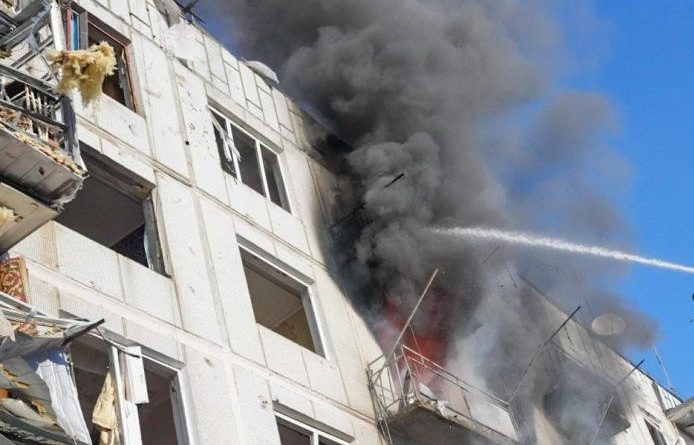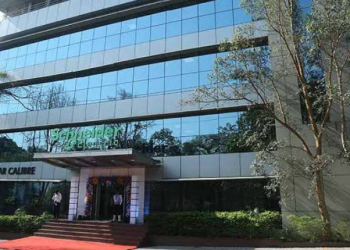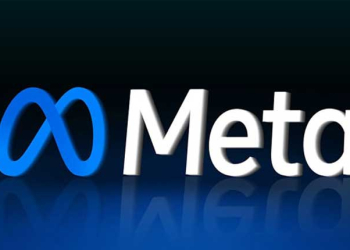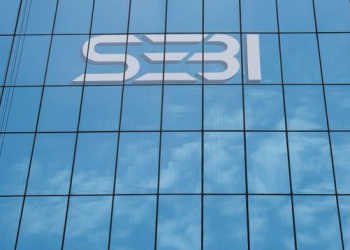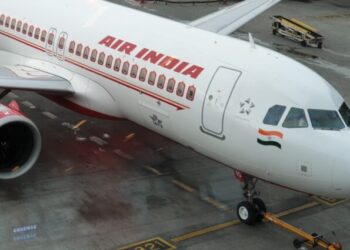New Delhi: Russia’s invasion of Ukraine, and the flurry of punitive sanctions imposed on Moscow by the US and Europe, can impact India Inc due to the resultant spike in commodity prices.
If these prices are not passed on, can increase input costs and squeeze the margins of downstream sectors. Two, trade and banking sanctions can cull India’s export-import activity in the affected region till workarounds are found, Crisil said.
On the other hand, a few sectors such as steel and aluminium may benefit from rising prices. Net-net, the impact of the ongoing war will vary by sectors.
The price of Brent crude has skyrocketed above $125 per barrel from $97 before the Russian invasion began. Without a commensurate increase in retail fuel prices, oil marketing companies are already making losses. The impact of this is also being felt by sectors such as chemicals and paints, which use crude oil-linked derivatives as their primary feedstock. These sectors may see some margin squeeze that could extend well into the first quarter of next fiscal, as inventories bought previously at lower prices run out, Crisil said.
Other commodities will also see further cost inflation. Steel and aluminium (Russia contribute ~6% of global primary aluminium production) prices, which had shot up in recent times from their already-high levels, will have an upward bias.
While this would benefit domestic primary steel makers and aluminium smelters because their realizations will rise, it would cascade negatively for the construction, real estate, and automobile sectors.
Spot prices of natural gas, which are also linked to crude, could continue to climb. But this won’t impact the downstream sectors as much. Urea makers, which use it as feedstock, can pass on the higher prices. But if the war prolongs, domestic availability of urea could become a bother for the farm sector because 8 per cent of the requirement is imported from Russia and Ukraine. Similarly, city gas operators have favourable cost economics versus competing fuels, which could permit them to pass on the gas price inflation downstream — at least to an extent.
Trade and banking-linked sanctions can also impact sectors sourcing key raw materials such as crude sunflower oil and rough diamonds. Nearly 10 per cent of India’s edible oil consumption is sunflower based, of which 90 per cent is imported from Russia and Ukraine. An extended war could disrupt supplies to domestic oil mills, which typically carry an inventory of 30-45 days and have limited options to change their sourcing at short notice.
For diamond polishers, continued disruption of trade can make roughs costlier, leading to a squeeze on their margins.
Alrosa, Russia’s largest diamond miner, accounts for 30 per cent of the global production of roughs, the prices of which had surged 21 per cent in 2021.
The automobile sector is unlikely to get a respite from the ongoing semiconductor shortage. That’s because Russia and Ukraine produce 75 per cent of the neon gas used to manufacture semiconductors. A protracted strife, and sanctions on Russia, would further curtail semiconductor production. Import dependence on palladium and platinum, which are used in catalytic converters, and nickel, which is used as a cathode in lithium-ion batteries, is relatively low and hence may have only a minimal impact on the automobile sector.
The pharmaceuticals sector may see only a marginal impact as its exports to Russia and Ukraine are currently exempt from sanctions, and the exposure of Indian drug makers to these geographies is low at 3 per cent of their total exports, Crisil said.
(IANS)



